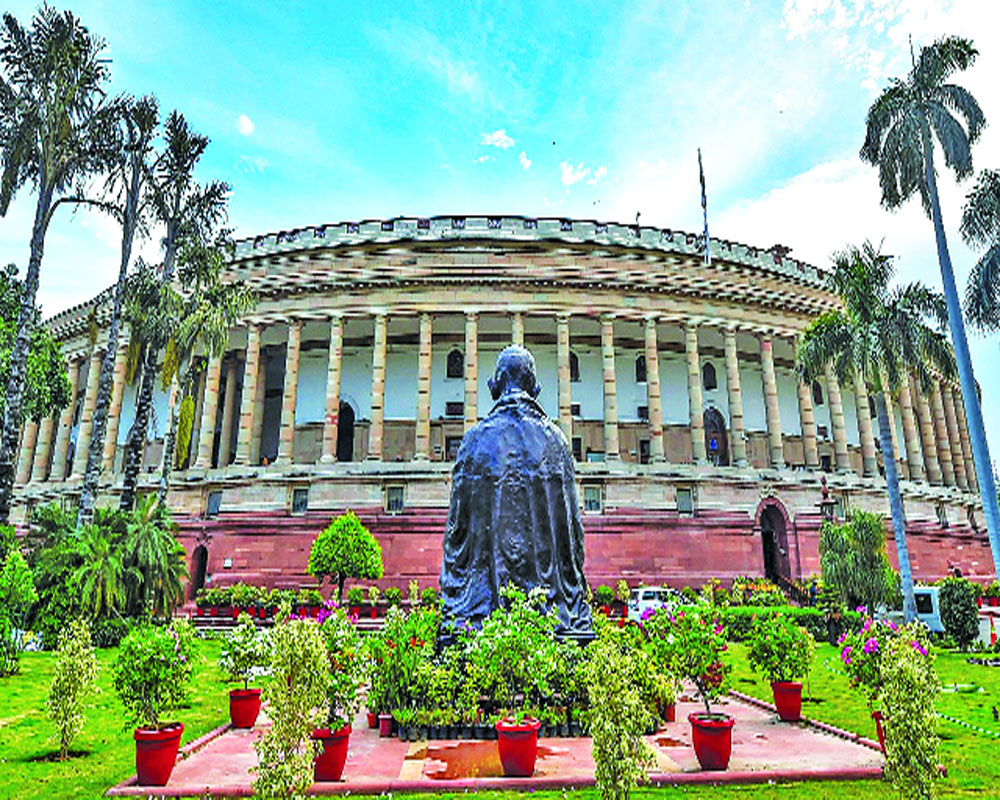The Basic Structure Doctrine should balance its ambit concerning the powers of Parliament, as it is the biggest forum of representative democracy
This year in April, we celebrated the 50th anniversary of the Basic Structure Doctrine. Basic Structure doctrine is used by constitutional courts in our country to interpret provisions of our constitution and other laws which further drive us to the conclusion about the amendments of constitution or new laws, whether they are constitutional or unconstitutional.
Though few jurists attribute this doctrine to J. Mudholkar wherein his lordship in Sajjan Singh’s case used the word “basic feature”. He cited a case from Pakistan, where it was held that essential features of the constitution cannot be amended (Fazlul Quader Chaudhary v. Mohd. Abdul Haque). Another branch of jurists advocates that Basic Structure is attributed to the lecture delivered by Sir Dieter Conrad, a German jurist at Banaras Hindu University. The lecture was used by the great jurist M K Nambiar in Golakhnath’s case wherein he watered the seeds of Basic Structure, which already existed in our constitution, which will be explained later in this article by drawing an analogy from German’s Basic Law. Shri M K Nambiar holds the distinction of arguing this doctrine for the first time in India.
Basic Structure doctrine cannot be analyzed without taking into account the Constitution of Germany which is called Basic Law. Article 19 of the Basic Law restricts certain rights as and when any situation arises. It is pertinent to note that subclause (2) of Article 19, acting as a proviso to subclause (1) explicitly mentions that “In no case the essence of Basic Rights be affected”. From here we can derive that to much extent, though unknowingly our Basic Structure doctrine is inspired by Basic Law. Adding further to it, Article 19(4) of basic law guarantees, what we call in India the right to Legal Remedies. Article 10(2) of Basic Law puts some restrictions in furtherance of law when there is a need to protect the basic democratic order of the country. Article 19(4) mentions that Article 10(2) cannot curtail the right of legal remedy.
There is a whole maze of events in this. In the Indian Constitution, we have a provision under Article 32(4) that mentions that rights under Article 32 (legal remedy) cannot be suspended except and otherwise provided by this constitution. Article 32 is termed as “Heart and Soul” of our constitution by Dr Ambedkar. This is because it is upon this right, our part III of the constitution gets enforced if violated by the state or its functionaries. It means, without using the words like “essential feature” or “Basic Structure” our constitution too has taken up the need to protect certain rights essential for a civilized country. Basic Structure was there since inception, it is another issue that was first argued explicitly in Golaknath’s case.
Therefore, delving into a debate about the fact that who introduced this doctrine in India is a futile debate. Rather we should understand that there are certain rights essential for humankind irrespective of borders. It is not to credit or discredit someone’s effort as to who used it first but to thank every advocate and judge who used it at any point in time, which resulted in an honest effort to protect the rights of individuals or society.
As Indian polity is not that smooth, the rift between government and judiciary led to various litigations where the ambit of Basic Structure was widened. A recent interview given by Shri K K Venugopal rightly raises the caution that frequent usage of this doctrine has left parliament groping in the dark. Elaborating on the same, he added, the manner this doctrine was used in the NJAC case, undermined the intention of our Constituent Assembly members concerning the appointment of judges in constitutional courts.
Therefore, it is required that the Basic Structure Doctrine should balance its ambit concerning the powers of parliament, as it is the biggest forum of representative democracy. This doctrine has protected the rights of society and individuals but a caution to its usage is required to protect the interest of representative democracy as well.
(The writer is a Delhi based Advocate)

























